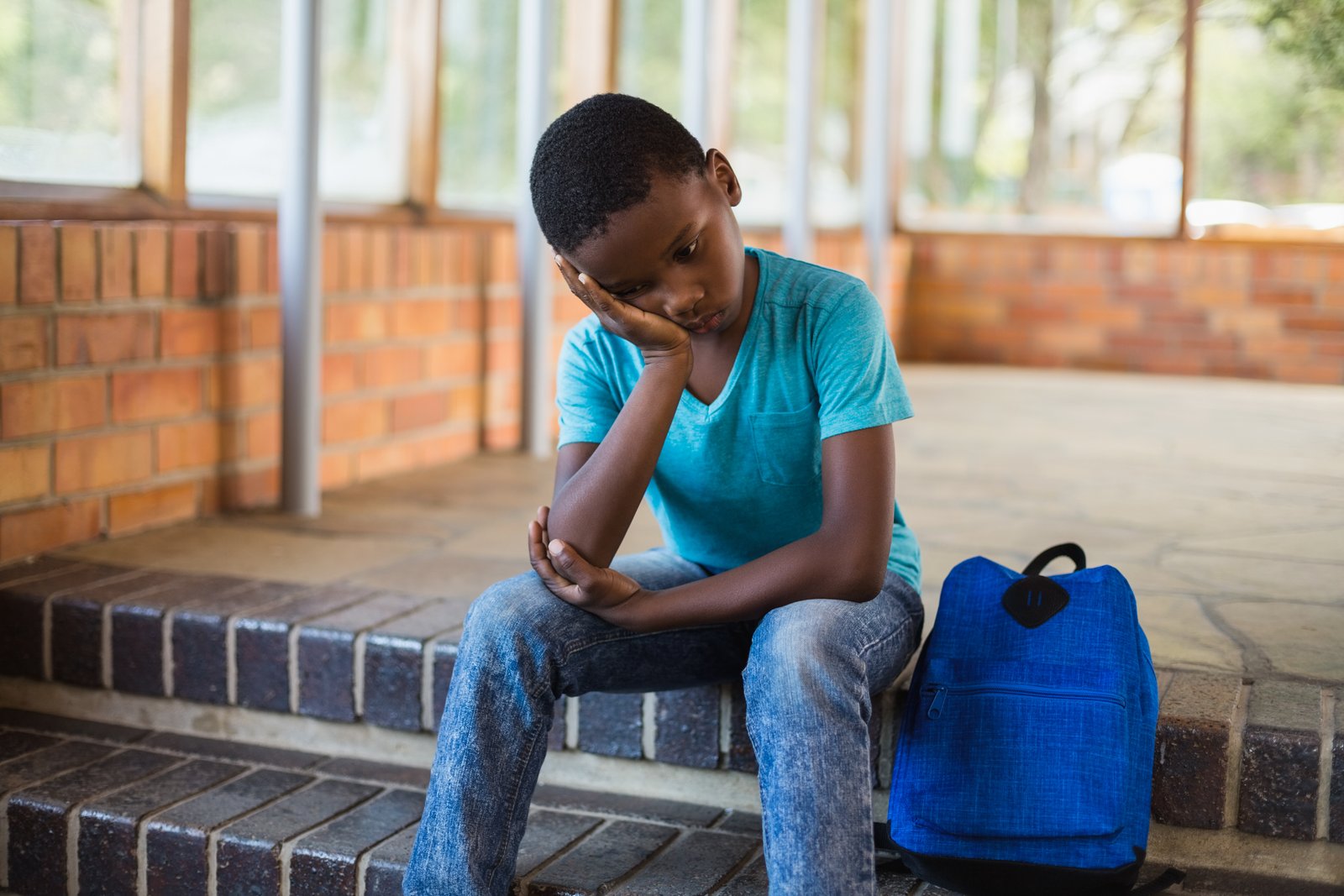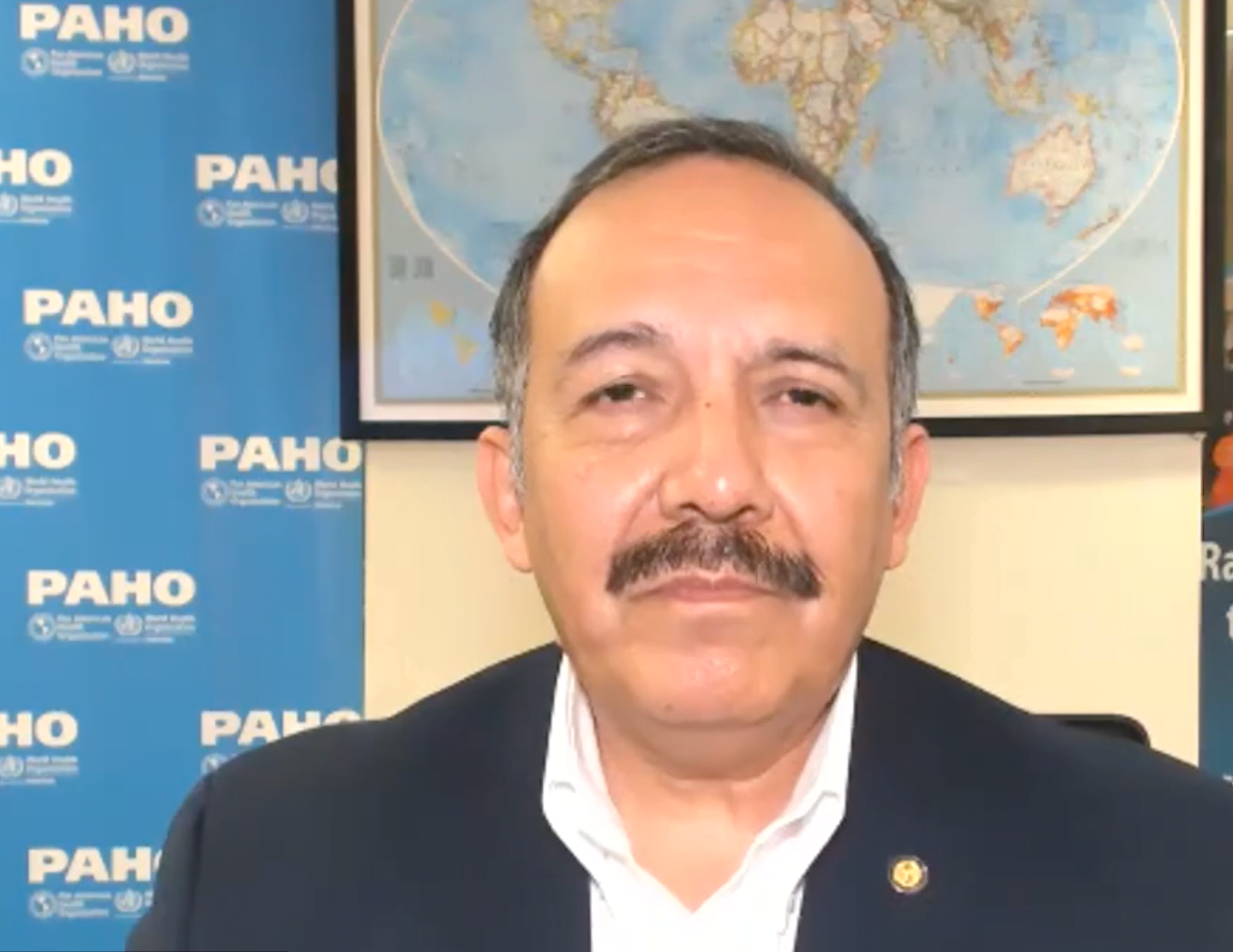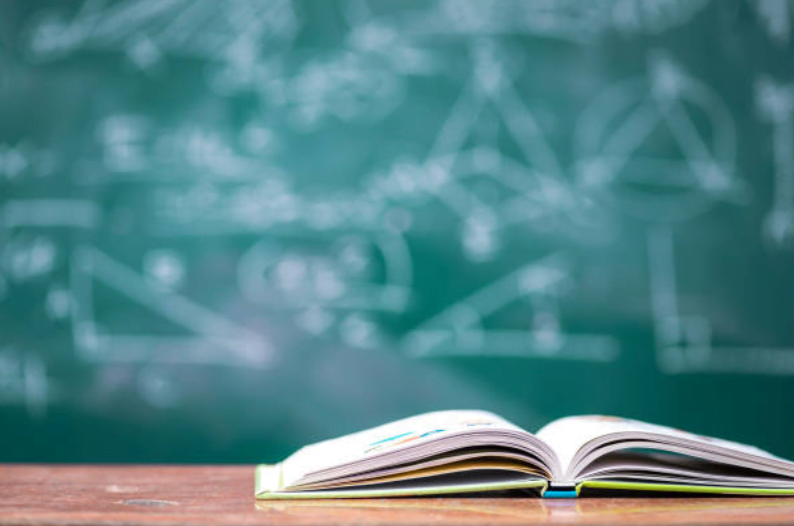NASSAU, BAHAMAS — Pan American Health Organization (PAHO) Director Dr Carissa Etienne said yesterday that students are being left behind in countries relying on virtual learning and there is an urgent need for students to return to classrooms safely.
During PAHO’s weekly briefing, Etienne said the psychological impact of the pandemic on children is “significant” and the best way to offset this is to safely return children to classrooms to “protect their social, mental, and physical wellbeing”.
“Education and social protection must work together to bring as many of our children as possible back to school safely because virtual learning does not and cannot replace in-person school,” she said.

“For some children, schools are safe havens to learn, to socialize, to receive mental health support, and to get a nutritious meal.”
Notwithstanding some interruptions from dissatisfied teachers with working conditions at schools, students return to schools for in-person learning on Monday.
There have also been concerns among some parents about the hybrid model and scheduling for in-person in the upcoming months, with claims that some students will only spend a week physically in their respective classrooms for the month of February.
PAHO has published guidelines for the safe return of in-person learning, which largely include health protocols such as mask-wearing and social distancing.
The World Health Organization has set a 70 percent vaccination coverage, particularly among vulnerable groups and the elderly.
Many countries have authorized vaccines for adolescents.

The Bahamas continues to source authorized pediatric vaccines, but has not obtained them to date.
“As countries weigh the benefits of vaccinating children and as they work to bring back in-person learning, I want to reinforce a point that I made earlier at the top: The need for better and more granular data. This data holds the key for how to restore and offer these services safely.
She said countries must act urgently, so the next generation has the health, education, and social opportunities to “reach the fullest potential and so that no child or teen is left behind”.

Asked whether PAHO has observed higher infection rates among children, who have lower vaccination rates than other groups, and whether this is reflective of the need to continue virtual learning, PAHO Director of Health Emergencies Dr Ciro Ugarte said one of the conditions to reopen schools is a high vaccination coverage particular among teachers and school workers.
“The priority is to establish the safest conditions in school settings in order to reduce transmission among children and also from spreading from the schools to the communities,” Ugarte said.
“Usually when the community has higher levels of transmission, the schools that are a part of the communities would also report higher transmission levels and will prompt [officials] to close the schools again, and that costs even a higher problem for national authorities, particularly the [education] sector.
“It causes confusion on the measures which the schools will reopen and which other schools will not reopen.
“In that regard, we empathize the need to return to schools, but at the safest conditions considering many factors inside the schools that we already mentioned several times, but particularly the use of masks which has proven to reduce transmission at all levels and the other one is to establish early detection in the schools, so we can identify where the transmission is happening and to reduce the impact on schools’ settings.”
He added that health protocols are important when transporting students from schools to homes and vice versa to limit transmission.






